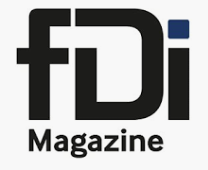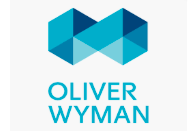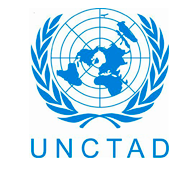Tempo de leitura: 2 minutos
Industry 4.0 has arrived, and it is reshaping the relationship between manufacturers, digital systems, and skilled and unskilled workers. Also known as the fourth industrial revolution, Industry 4.0 is the fusion of automation technologies, such as artificial intelligence-driven machine learning and data exchange, with advanced manufacturing technologies such as robotics. It includes cyber-physical systems, the industrial Internet of Things (IoT), machine-to-machine communications, and cloud computing. The concept of industry 4.0 was developed in Germany; the “4.0” is a nod to previous revolutionary industrial advances: the advent of the steam engine, electricity, and computers.
The digitisation of industrial processes, in order to maximise efficiency and reduce error, is likely to replace traditional manufacturing in free zones around the world. Several free zone executives interviewed by Free Zone Watch have mentioned implementing Industry 4.0 as a major short-to-mid-term goal. A survey by the PwC professional services network of more than 2,000 international industrial companies found that more than 33% had already “achieved advanced levels of digitalisation”, with 72% expecting such advances to be fully realised by 2020. Those companies cited in PwC’s survey making large annual investments in Industry 4.0 expected to be spending in the short-term in order to boost revenues and reduce costs in the long run.
One of free zones’ principal goals is to generate employment. On its face, Industry 4.0 would seem to run counter to this goal, and it has been described by skeptics as “factories without employees”. This is a oversimplification and indeed a misrepresentation. According to the European Centre for the Development of Vocational Training, Industry 4.0 portends “increased investments … by the government on the overall economy and the labour market” and “increasing added value, which not only leads to more economic assets but also – due to greater demands on the labour force – to higher aggregate wages.”
With human error being removed from the manufacturing process through digitisation and machine-to-machine communication, and with labour forces being trained in data analytics, repair and maintenance, and computing, economies can shift to higher value-added industries and the expansion of the services sector. Free zones can be a vanguard in training local labour, bringing in new manufacturing technologies, and working with international firms to increase efficiency along entire supply chains through Industry 4.0 and IoT.
The international consultancy McKinley & Company places the necessity for manufacturers to adopt these new digitisation technologies in light of a variety of factors, chief among them “the astonishing rise in data volumes, computational power, and connectivity.” As the complexity of data and robotics in manufacturing increases, the potential for human error and for undetected inefficiencies can likewise increase. With an internet of things in place in a manufacturing environment, factory employees become observers and analysts, allowing digital processes to optimise efficiency and making adjustments based upon the data.






Os comentários foram encerrados, mas trackbacks e pingbacks estão abertos.